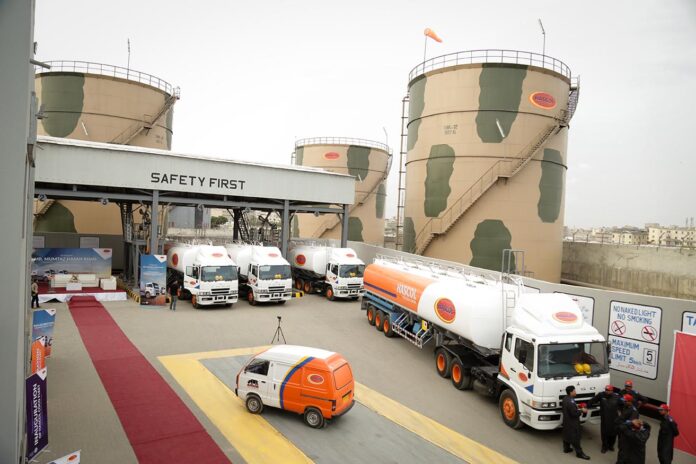It would not be a stretch of the imagination to say Hascol had a bit of a touch-and-go moment back in 2019. It was the story of a dizzying high followed by what can only be described as an abysmal low.
Up until 2018, Hascol was the second largest Oil Marketing Company (OMC) in Pakistan, trailing only the state owned Pakistan State Oil (PSO). In less than a decade from 2009 to 2018, they had grown their revenue from Rs 9 billion to Rs 254 billion. But the growth had come at a price. Hascol had been borrowing to make this growth happen, and in 2019 it turned out they did not quite have the means to pay back their creditors.
Behind this glittery rise and dramatic fall were a host of reasons. Exchange losses, the nature of the OMC business in Pakistan, and Hascol’s unique supply chain all contributed to the company’s crisis of 2019.
But what about now?
Well, it seems we have a recovery on our hands. For the first time in three years, Hascol’s share price has breached the Rs 10 mark after a wait of more than 3 years. In just a month, the company’s stock price has gone up 92% and the word in the market is that it will continue to increase. What compels a company that was in hot water with its creditors a few years ago suddenly to turn around? The recent rally is ascribed to a successful restructuring plan being passed which will help it get back on its feet.
It seems the restructuring has been enough to at least convince the market that the restructuring will help it to become profitable again. The only question is whether this restructuring will be enough to address the deep rooted issues that brought the company to this brink in the first place. The content in this publication is expensive to produce. But unlike other journalistic outfits, business publications have to cover the very organizations that directly give them advertisements. Hence, this large source of revenue, which is the lifeblood of other media houses, is severely compromised on account of Profit’s no-compromise policy when it comes to our reporting. No wonder, Profit has lost multiple ad deals, worth tens of millions of rupees, due to stories that held big businesses to account. Hence, for our work to continue unfettered, it must be supported by discerning readers who know the value of quality business journalism, not just for the economy but for the society as a whole.To read the full article, subscribe and support independent business journalism in Pakistan









